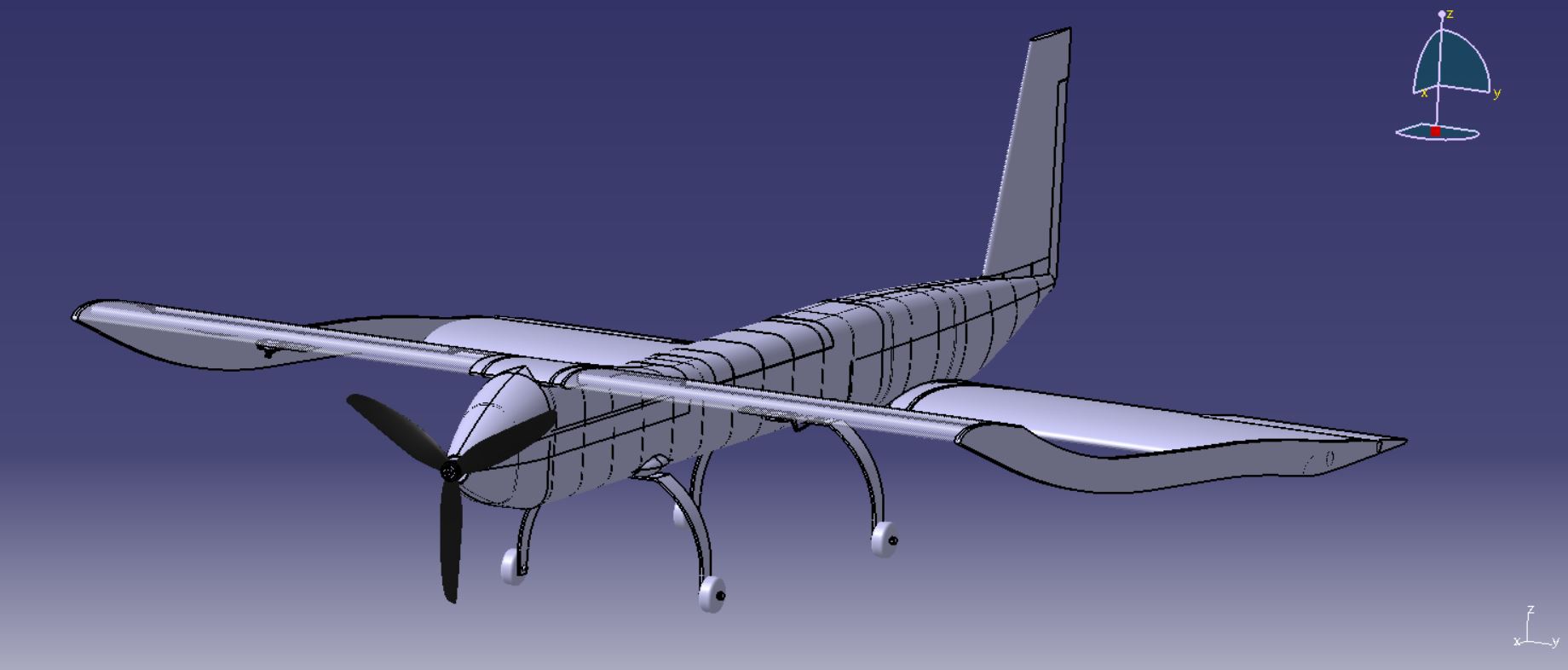

This complicates their design by closely coupling the wing aerodynamics to the mass estimation, and to the propulsion system performance. VTOL aircraft require proper alignment of their aerodynamic center, center of thrust, and center of gravity to maintain hover and forward flight stability. The first major design challenge is to design the wings of the aircraft. This article discusses how CQV leveraged their Typhon UDX UAV design software to design this aircraft in an agile way with minimal time and resources.

ComQuest Ventures (CQV) created a tilt-rotor VTOL aircraft called the Vertex in order to study a number of concepts in VTOL design.

One of the most exciting evolving niches within unmanned aircraft systems and personal aerial vehicles is that of hybrid Vertical Take-Off and Landing (VTOL) aircraft, which provide a middle ground between the efficiency of fixed-wing aircraft and the practicality of multicopter aircraft.ĭesigning VTOL aircraft poses unique engineering challenges because of the opposing design requirements of hover and forward flight.


 0 kommentar(er)
0 kommentar(er)
